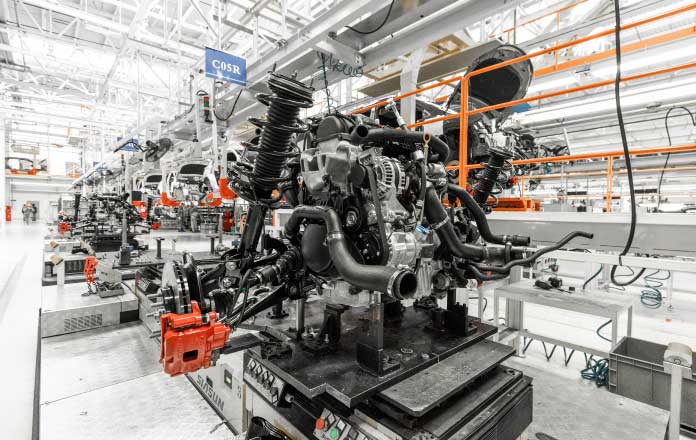The automotive industry has long been a pillar of modern society, symbolizing progress, freedom, and innovation. However, in recent years, this industry has undergone a transformation driven by various factors, from technological advancements to changing consumer preferences and environmental concerns. As we enter 2023, it’s crucial to examine the key drivers of change in the automotive industry and their implications for the future.
Electric Revolution:
The most profound change in the automotive industry is the electric revolution. Electric vehicles (EVs) have shifted from being a niche market to a mainstream choice for consumers. Several factors drive this transformation. Firstly, advancements in battery technology have made EVs more accessible and practical for everyday use. The extended range, faster charging, and decreasing costs of batteries have been pivotal in this shift. Additionally, governments worldwide are providing incentives and imposing stricter emission standards, encouraging automakers to invest in electric technology. Tesla’s meteoric rise and the entry of traditional automakers like Ford, Volkswagen, and General Motors into the electric market highlight the industry’s commitment to electrification.
Autonomous Vehicles:
Self-driving cars are no longer the stuff of science fiction. Companies like Waymo, Tesla, and even traditional automakers are making significant strides in autonomous vehicle technology. The promise of safer roads reduced traffic congestion, and increased mobility for individuals with disabilities is driving innovation in this area. In 2023, we can expect to see more autonomous features integrated into production vehicles, bringing us closer to a world where cars can navigate complex traffic scenarios with minimal human intervention.
Connectivity and Digitalization:
The automotive industry is experiencing a digital transformation. Modern cars are computers on wheels equipped with advanced infotainment systems, telematics, and connected services. This trend is set to continue in 2023, with more vehicles featuring 5G connectivity, over-the-air updates, and enhanced infotainment options. These features not only enhance the driving experience but also enable new business models, like subscription-based services and data monetization.
Sustainability and Environmental Concerns:
Climate change and environmental consciousness drive significant differences in the automotive industry. Governments and consumers are demanding cleaner and more sustainable transportation options. Automakers are investing heavily in research and development of eco-friendly vehicles. Hybrids, plug-in hybrids, and hydrogen fuel cell vehicles are gaining traction alongside pure EVs. In 2023, expect to see automakers continue their pursuit of sustainable manufacturing practices and emissions reductions across their product lines.
Shared Mobility:
The concept of car ownership is evolving. The rise of ride-sharing services like Uber and Lyft, car-sharing programs, and the trend towards mobility-as-a-service (MaaS) is reshaping the industry. In 2023, shared mobility options will continue to grow, and automakers will adapt by investing in their shared mobility platforms or forming partnerships with existing services. This shift is not only altering how we use vehicles but also influencing the types of vehicles that are in demand, such as smaller and more versatile models.
Supply Chain Challenges:
The automotive industry is grappling with supply chain disruptions. The COVID-19 pandemic exposed vulnerabilities in the global supply chain, from semiconductor shortages to transportation bottlenecks. In 2023, automakers will continue to work on diversifying their supply chain sources and investing in resilient, localized production to mitigate future disruptions.
Regulatory Changes:
Governments worldwide are introducing stricter regulations on emissions and safety standards. These regulations impact the design and production of vehicles, pushing automakers to innovate and adapt. In 2023, expect to see further emphasis on rules that promote environmental sustainability and road safety, influencing the industry’s direction.
Consumer Expectations:
The modern consumer expects more from their vehicles. This includes advanced safety features, improved convenience, and seamless integration with their digital lives. Meeting these expectations is a driving force behind the industry’s technological advancements.
In conclusion, the automotive industry is undergoing a profound transformation in 2023, with electric vehicles, autonomous technology, digitalization, sustainability, shared mobility, and changing consumer expectations at the forefront. As automakers and suppliers adapt to these changes, they will shape the future of transportation, paving the way for a more connected, sustainable, and efficient automotive ecosystem. The road ahead is undoubtedly challenging, but it is also full of opportunities for those willing to embrace innovation and change.





